You can contact LEARNZ, part of CORE Education, at:
Postal Address:
PO Box 13 678,
Christchurch 8141,
New Zealand
<- Homepage: Natural Hazards: Our Taupō supervolcano
Photos appear here each day from the Diaries of the Natural Hazards - our supervolcano field trip in 2019.
Other pages with photos:

Ben, Graham, Joe and Shelley talk to students from Havelock North High School during the last web conference. Image: LEARNZ
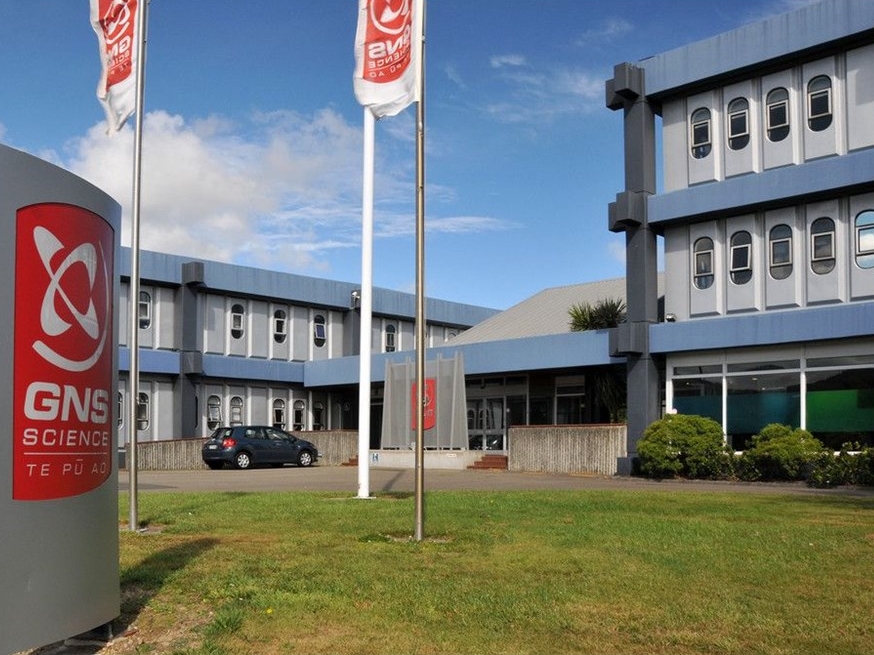
You began the day at the GNS Science office in Wellington. Image: LEARNZ.
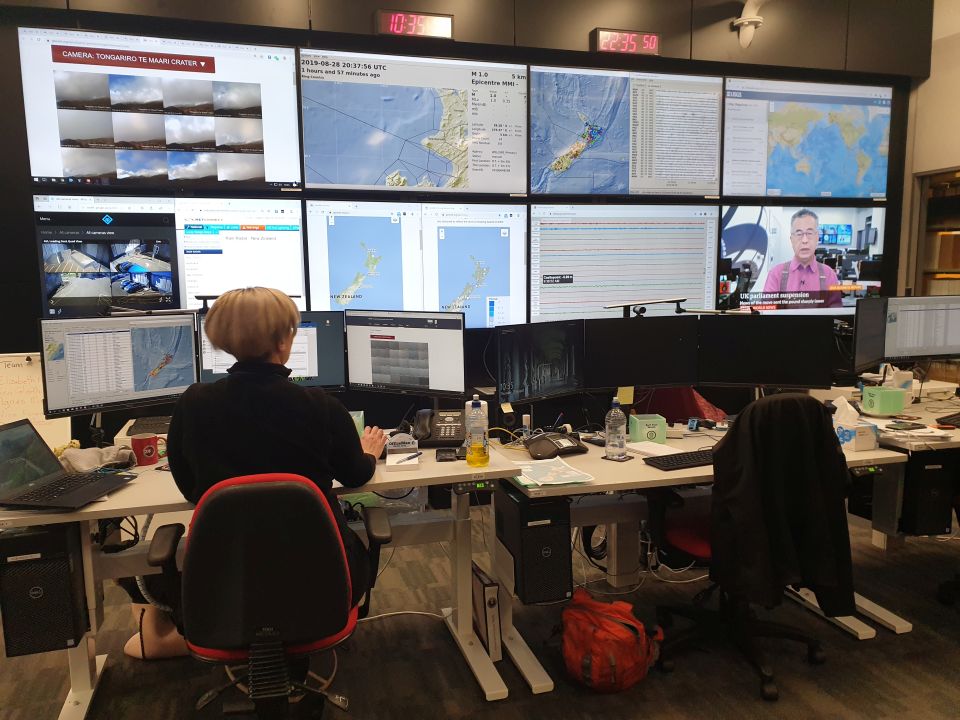
The National GeoNet Hazard Monitoring Centre is run by GNS Science. Which natural hazards are monitored here? Image: LEARNZ.
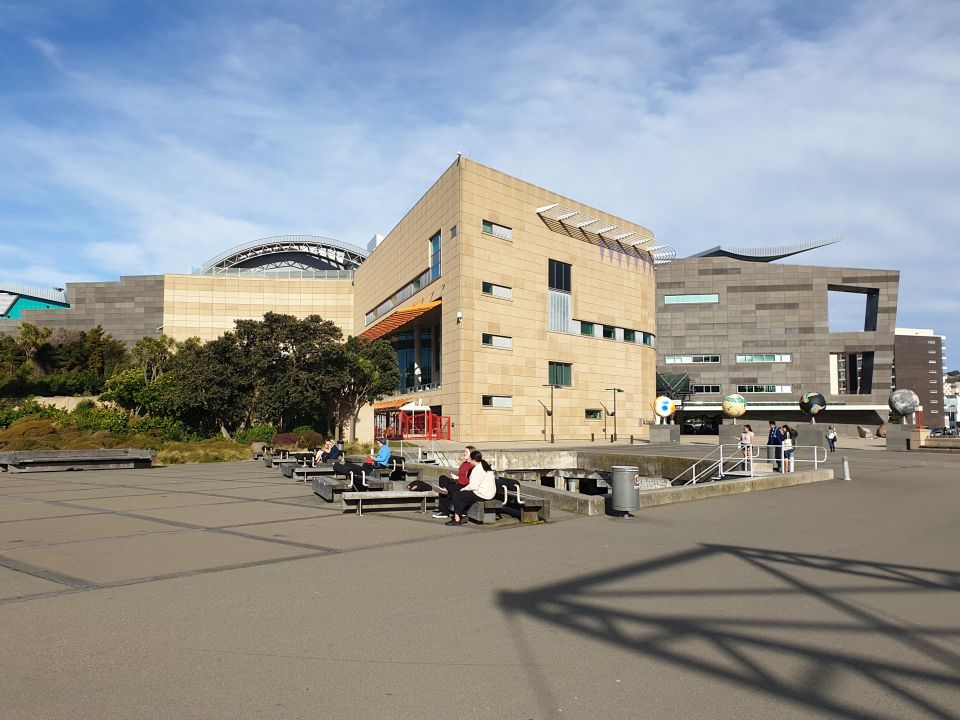
You headed into central Wellington to see the new Te Taiao exhibit at Te Papa. Image: LEARNZ.
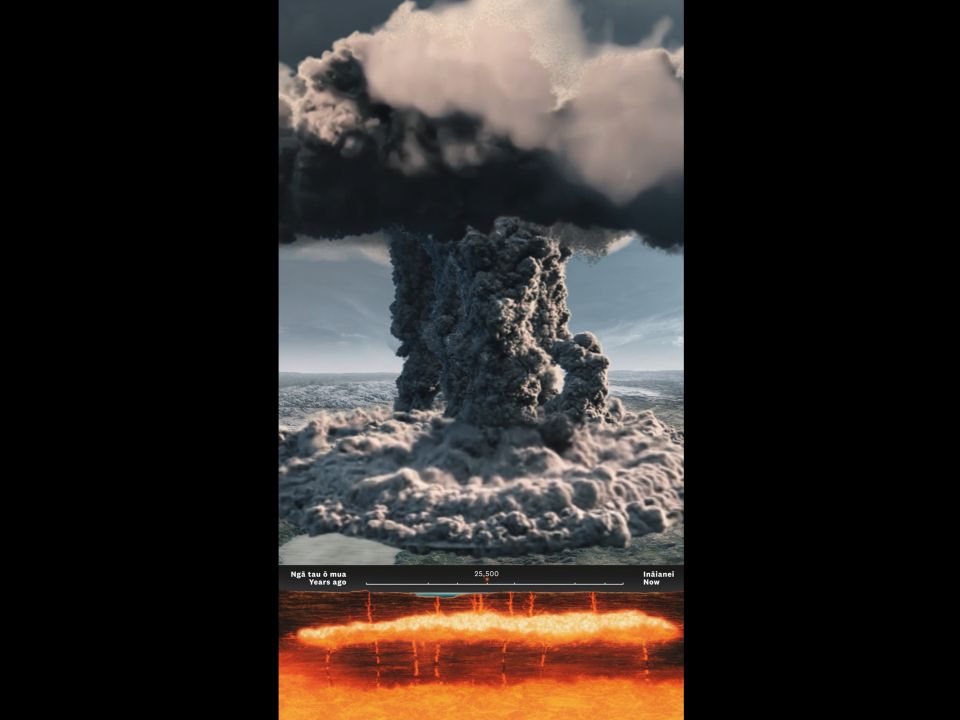
Here you can see an animation of the last Taupō super-eruption which happened about 25,500 years ago. Image: LEARNZ.
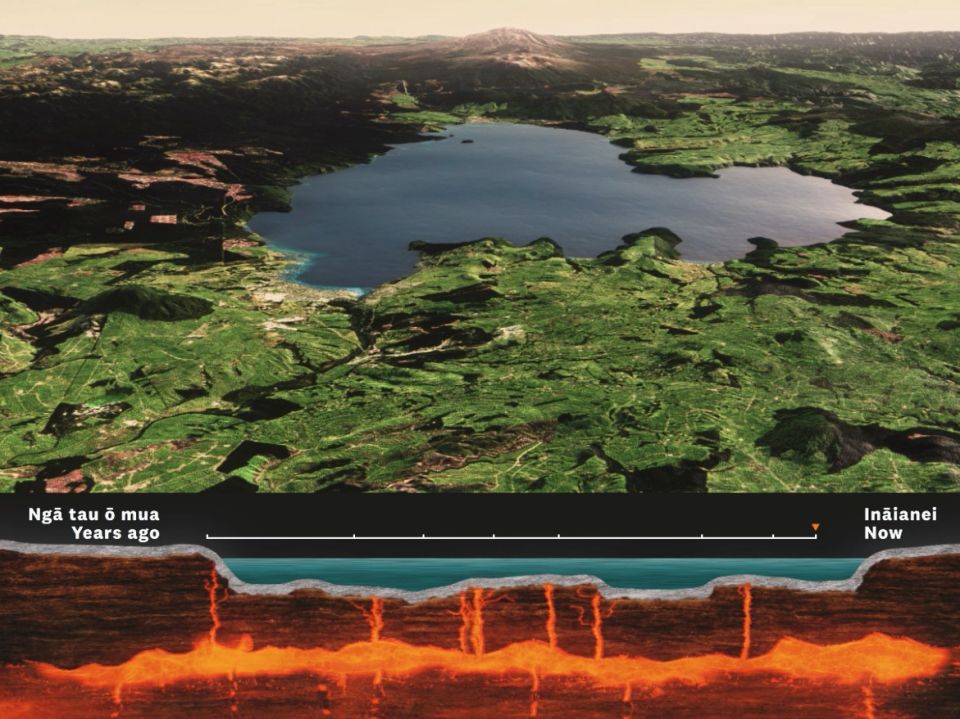
After the super-eruption the land above the empty magma chamber collapsed and slowly filled with water to create Lake Taupō. Image: LEARNZ.
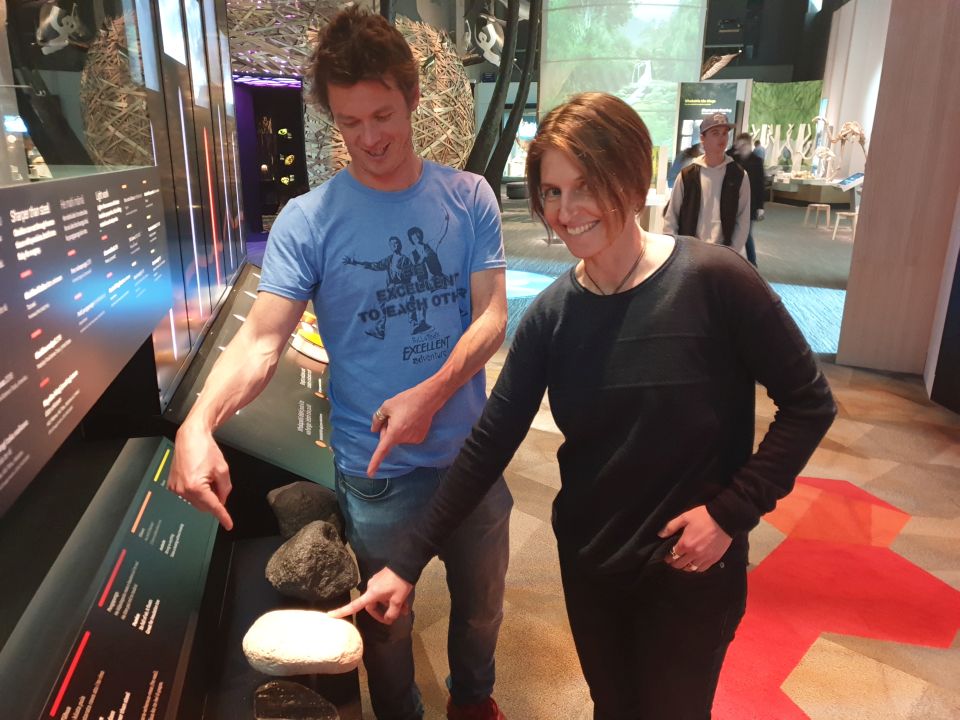
Ben sets Shelley the challenge of making pumice at Te Papa. What conditions are needed to make pumice? Image: LEARNZ.
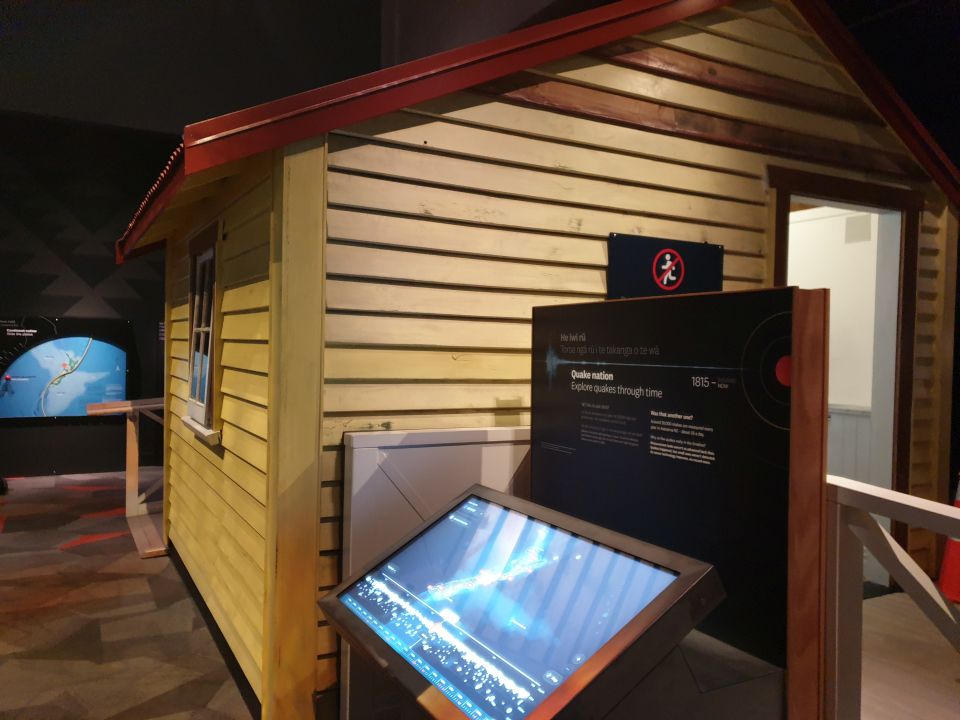
A favourite exhibit at Te Taiao is the shaky house which simulates an earthquake. Image: LEARNZ.
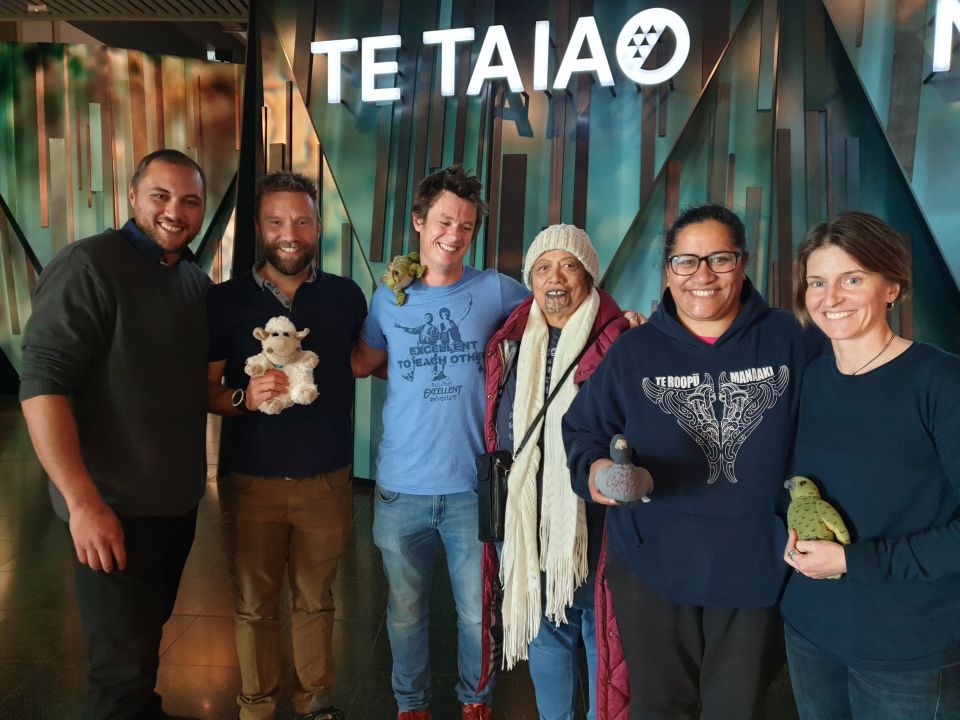
Kiharoa, Graham, Ben, Rita, Sylvia and Shelley celebrate a successful week. Image: LEARNZ.

Here you can see the mud pools at Waiotapu. How were these pools created? Image: LEARNZ.

Ben, Graham, Shelley, Kiharoa and Bubs enjoy talking to Belmont School and Havelock North High School during the web conference. Image: LEARNZ.
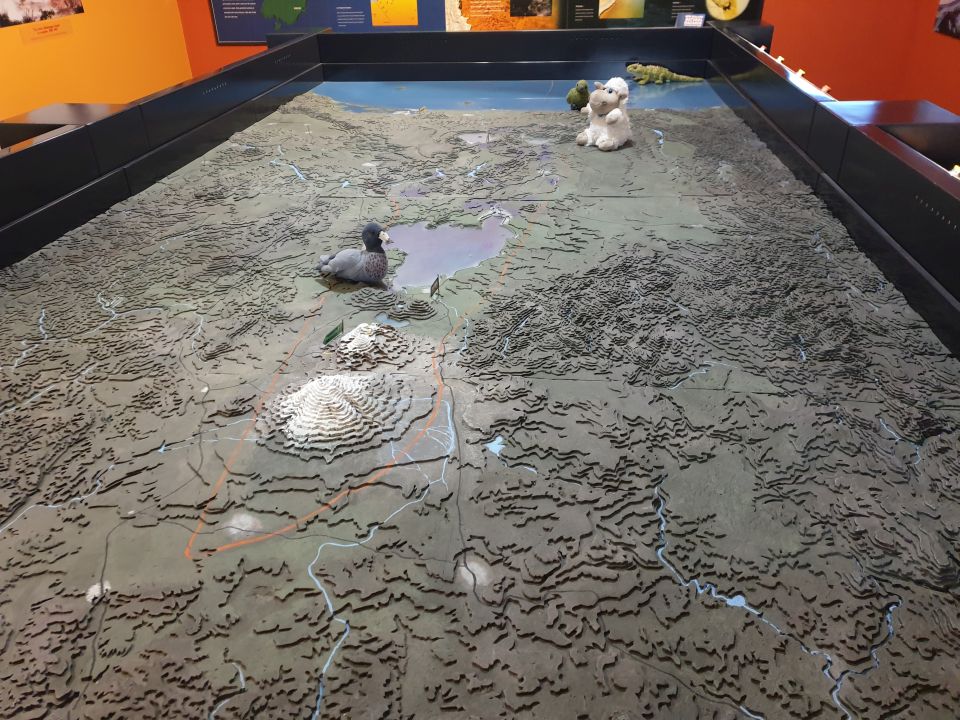
The ambassadors look at where they have travelled over the last two days at the Tūrangi Volcanic Activity Centre. Image: LEARNZ.
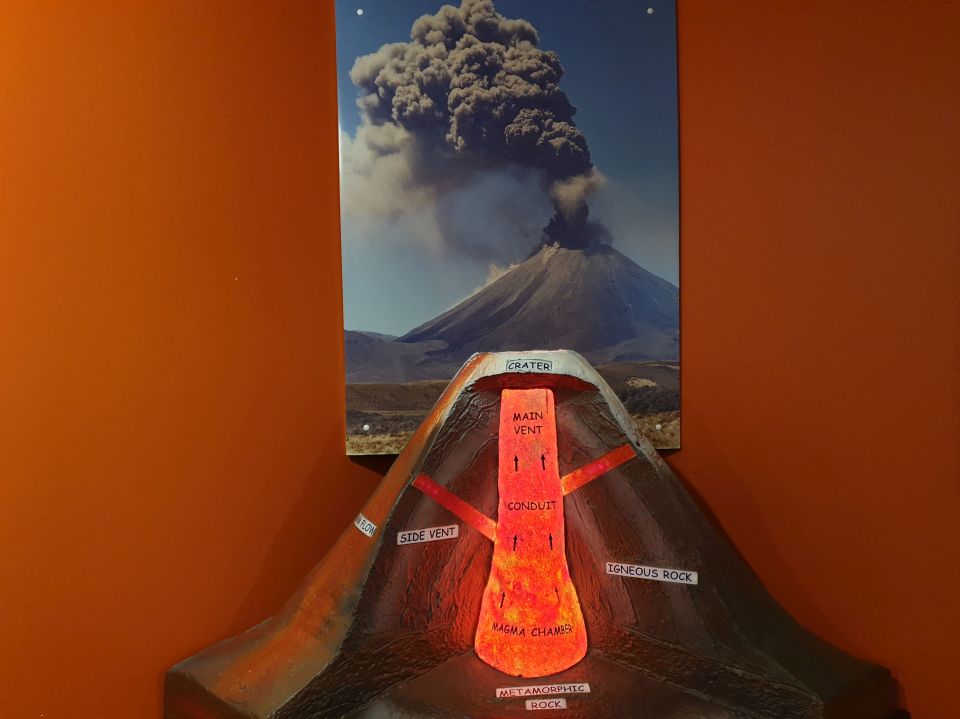
This is a model of a cone volcano. What are the differences between a cone volcano and a super volcano? Image: LEARNZ.
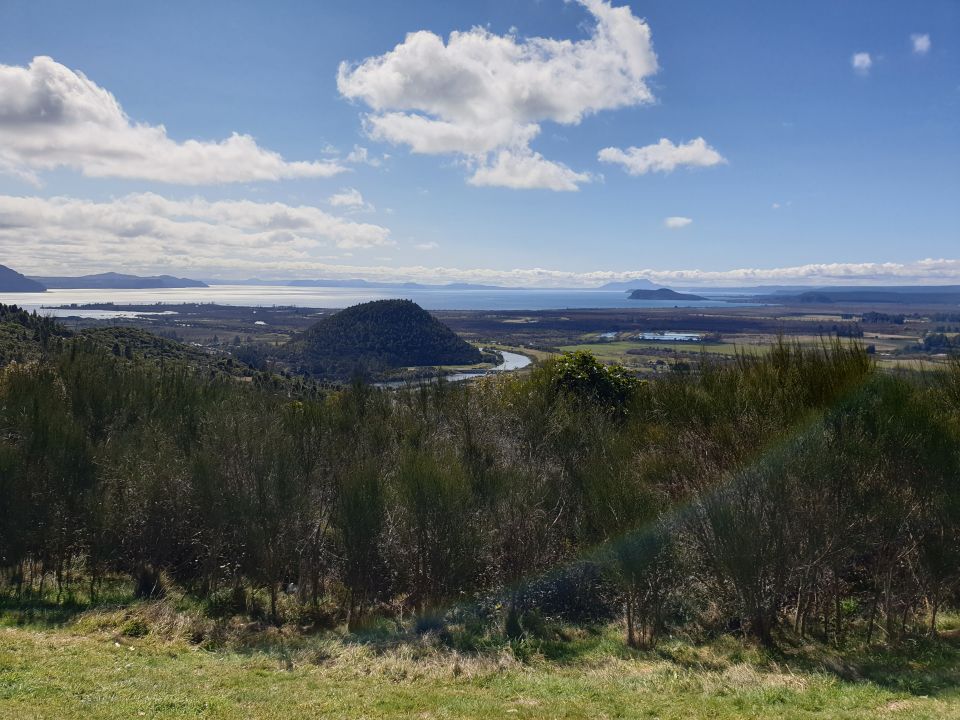
Looking out over the southern end of Lake Taupō you can see how the land has been shaped by pyroclastic flows. Image: LEARNZ.

Ben finds pumice left by a pyroclastic flow during an eruption 1800 years ago. Image: LEARNZ.
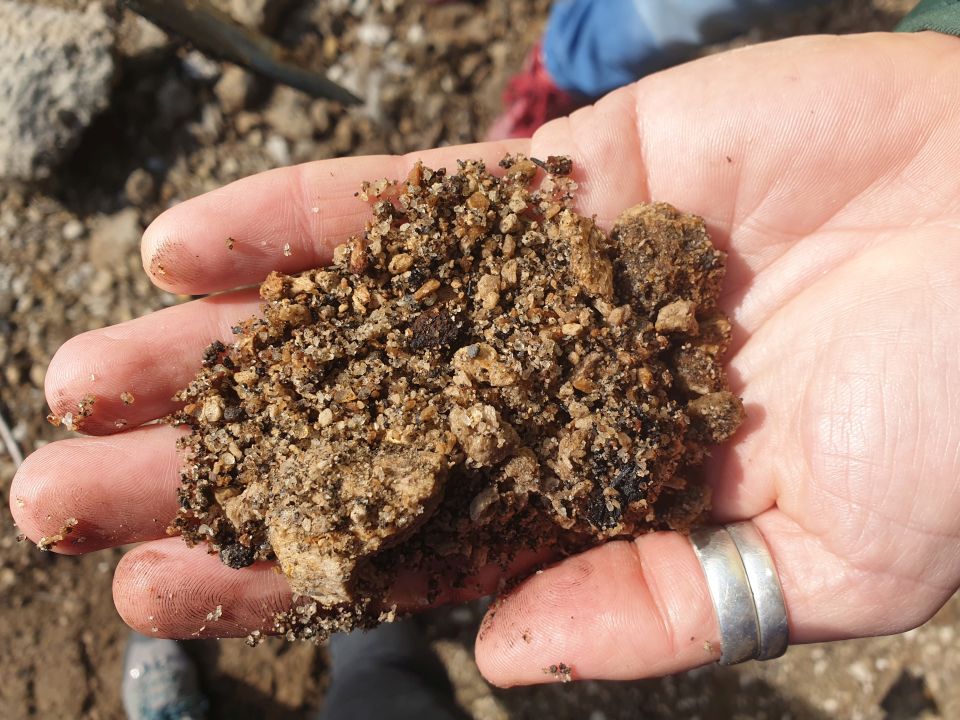
Pumice is formed from lava that is full of gas that explodes out of volcanoes. Image: LEARNZ.
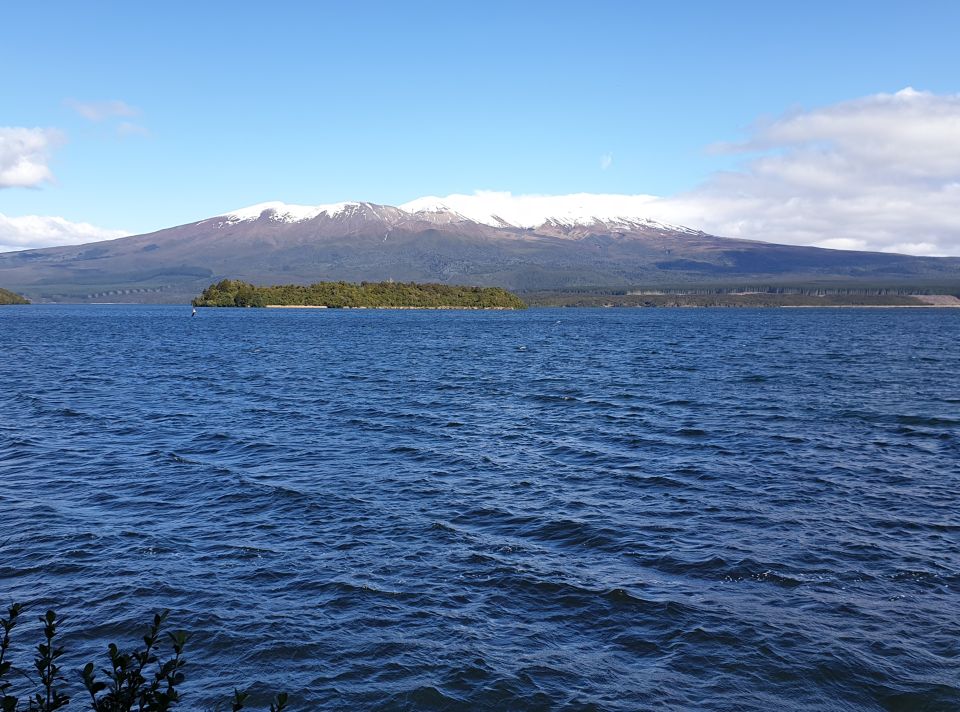
Mount Tongariro looked stunning covered in snow. Image: LEARNZ.
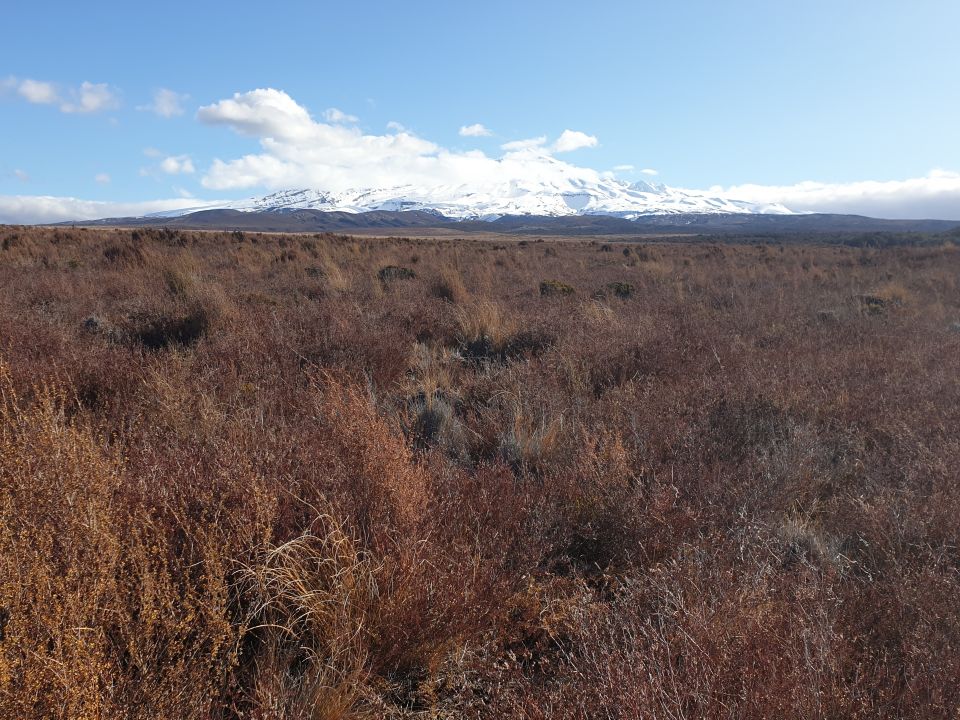
The cloud cleared to reveal Mount Ruapehu, one of New Zealand's most active volcanoes. Image: LEARNZ.
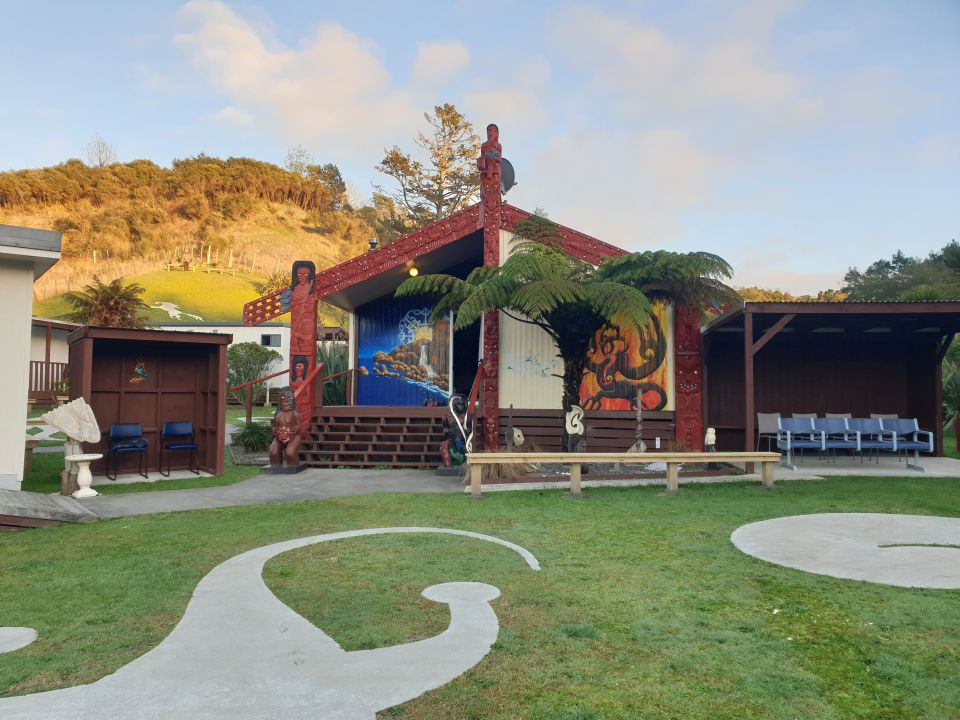
You woke to a beautiful morning at Iramoko Marae. Image: LEARNZ.

Graham, Ben, Sylvia and Shelley talk to Alfritston School during the first web conference. Image: LEARNZ.

Out at the coast you could see the active volcano Whakaari, White Island steaming on the horizon. Image: LEARNZ.
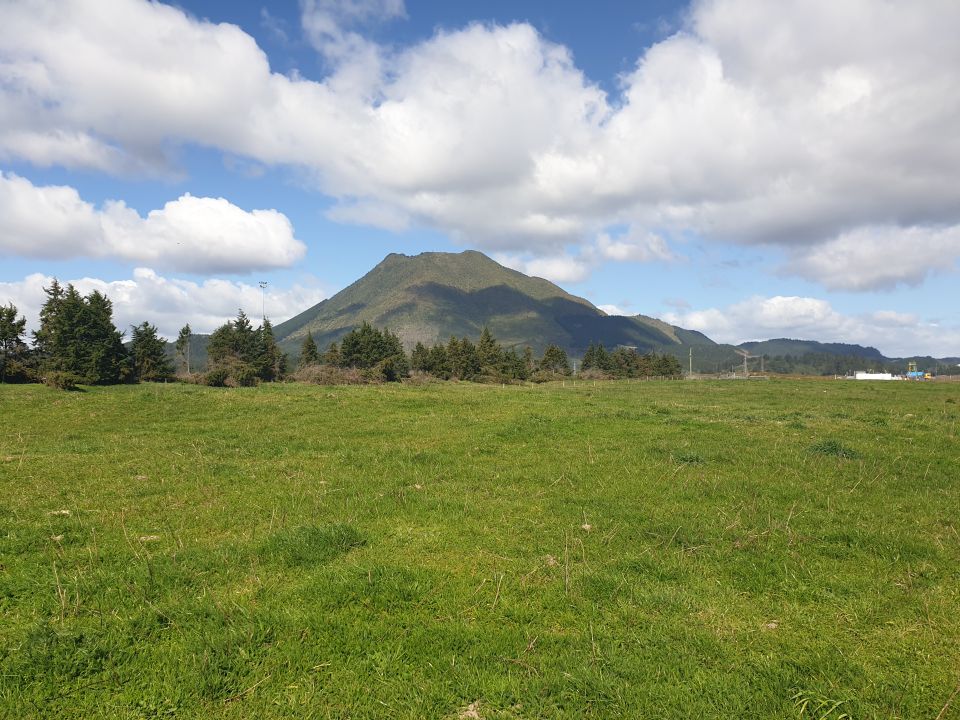
Mount Pūtuaki is an old volcanic cone close to Kawerau. Ngātoroirangi climbed Pūtuaki during his journey from Maketū to Tongariro. Image: LEARNZ.

Looking across Lake Tarawera to Mount Tarawera which erupted in 1886. Image: LEARNZ.

This whare was partially buried during the 1886 Tarawera eruption. Image: LEARNZ.

Graham, Ben, Rita, Kiharoa, Shelley, Sylvia and Pouroto at the Buried Village in Te Wairoa. Image: LEARNZ

Graham takes a closer look at the ash layers left by eruptions of Mount Tarawera. Image: LEARNZ.

This burnt log is preserved in layers of ash. What do you think this log can tell us about previous eruptions? Image: LEARNZ.
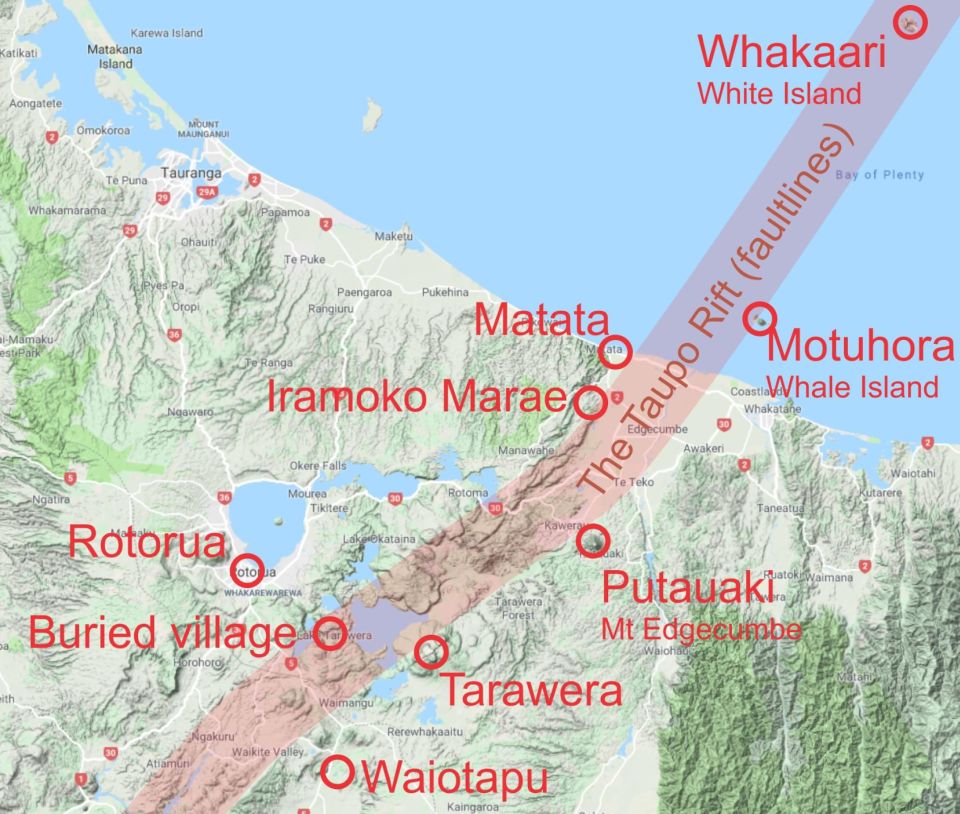
This map shows the volcanic arc and the areas you visited today. Image: Graham Leonard.

It was raining when you left Dunedin this morning. Image: LEARNZ.
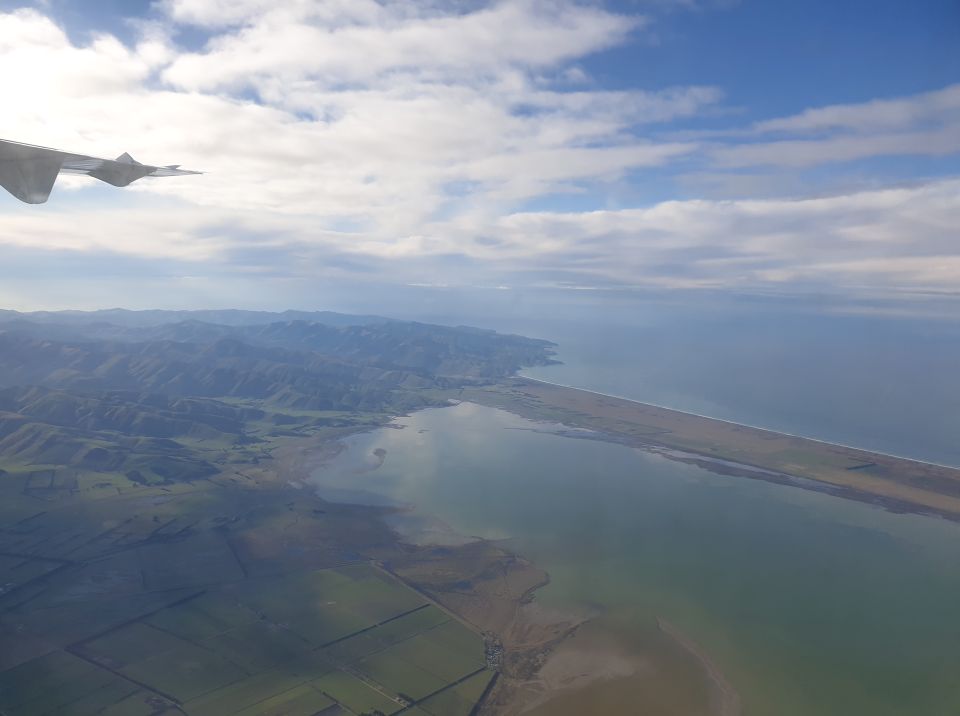
The cloud cleared as you approached Christchurch. You could see Lake Ellesmere and Banks Peninsula before landing. Image: LEARNZ
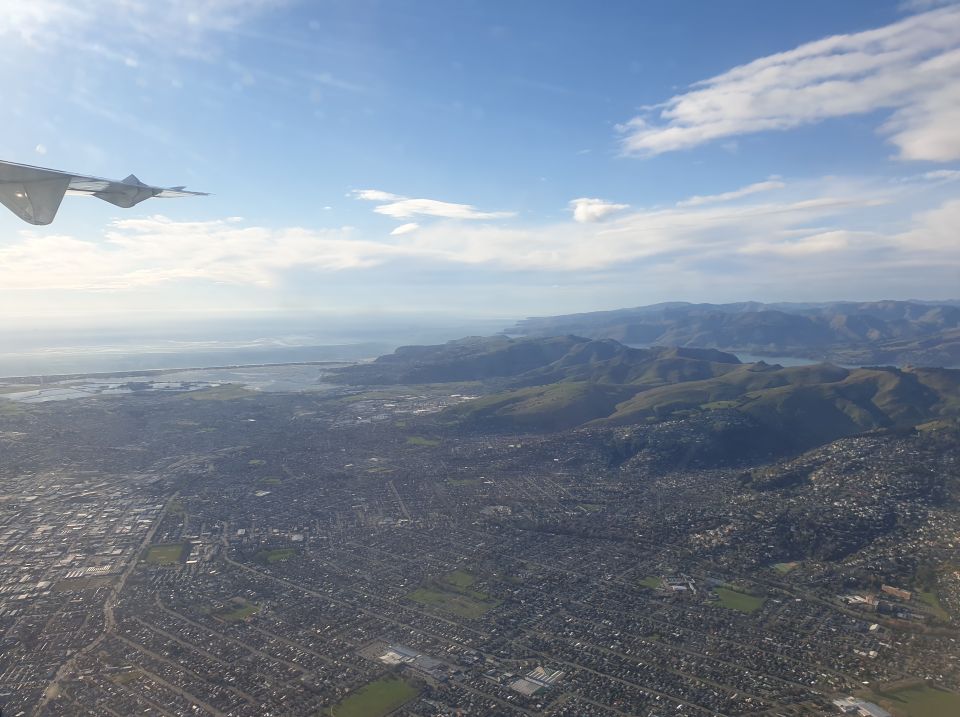
You had to land in Christchurch and board a different plane destined for Rotorua. Image: LEARNZ.
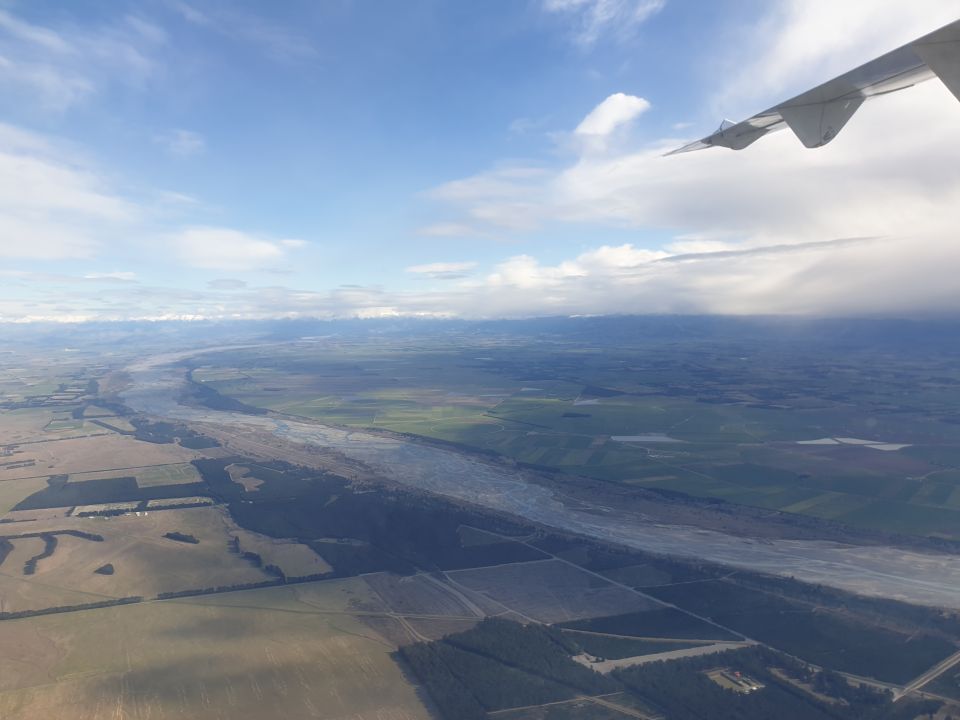
You looked out over Waimakiriri River and could see fresh snow on the foothills of Kā Tiritiri o te Moana. Image: LEARNZ.
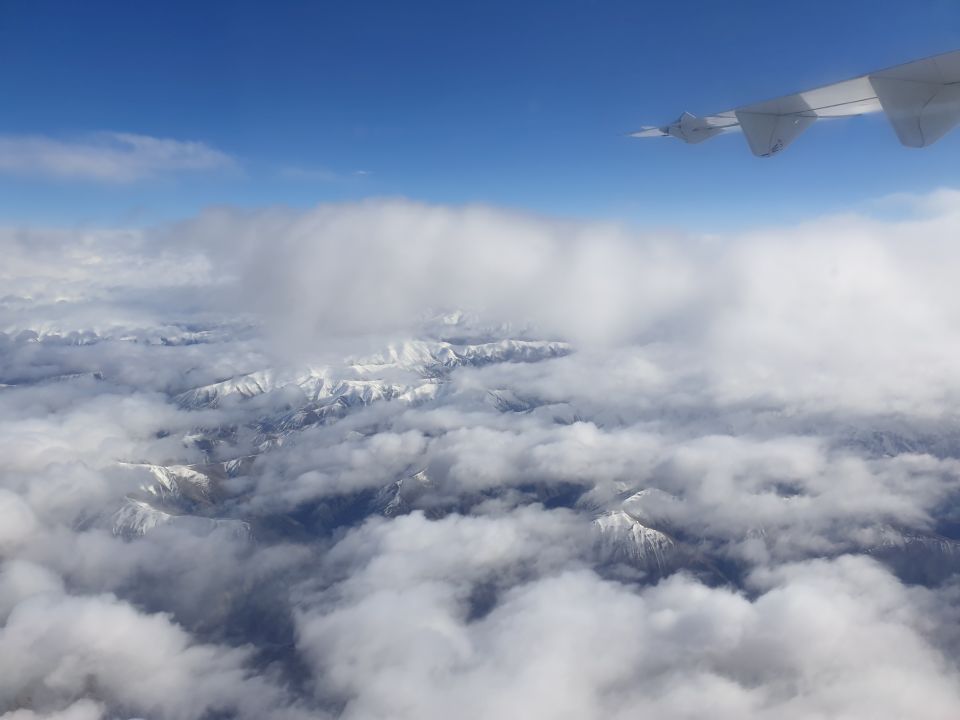
During the journey north you only caught glimpses of the land below. Image: LEARNZ.
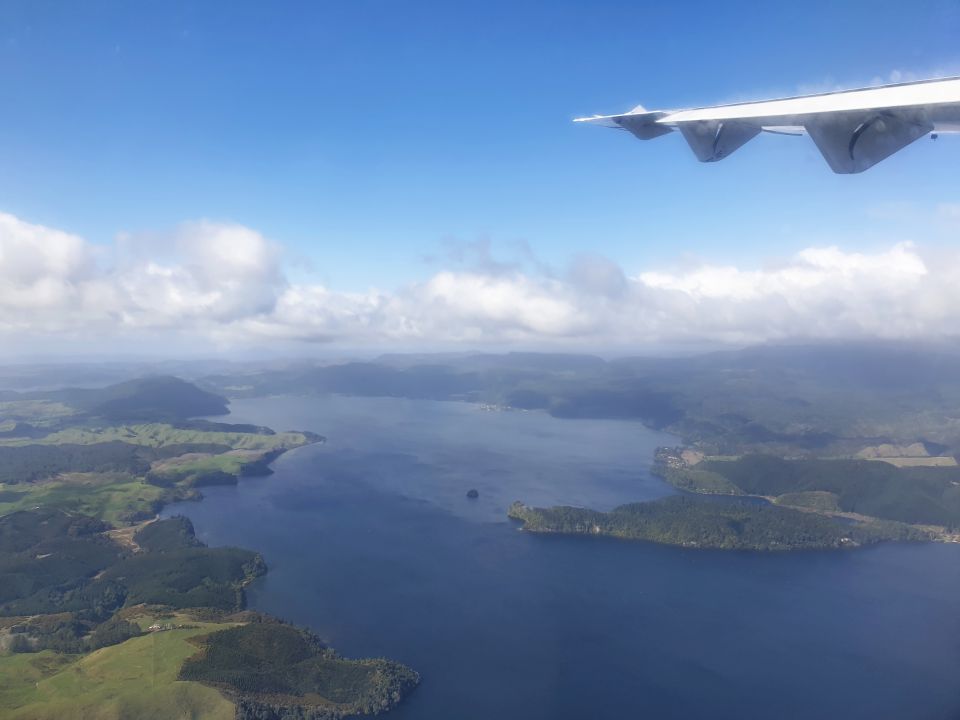
You circled over Lake Rotoiti before landing in Rotorua. How do you think this lake was formed? Image: LEARNZ.

After a pohiri Shelley settles in at Iramoko Marae to find out more about the history of this whenua. Image: LEARNZ.